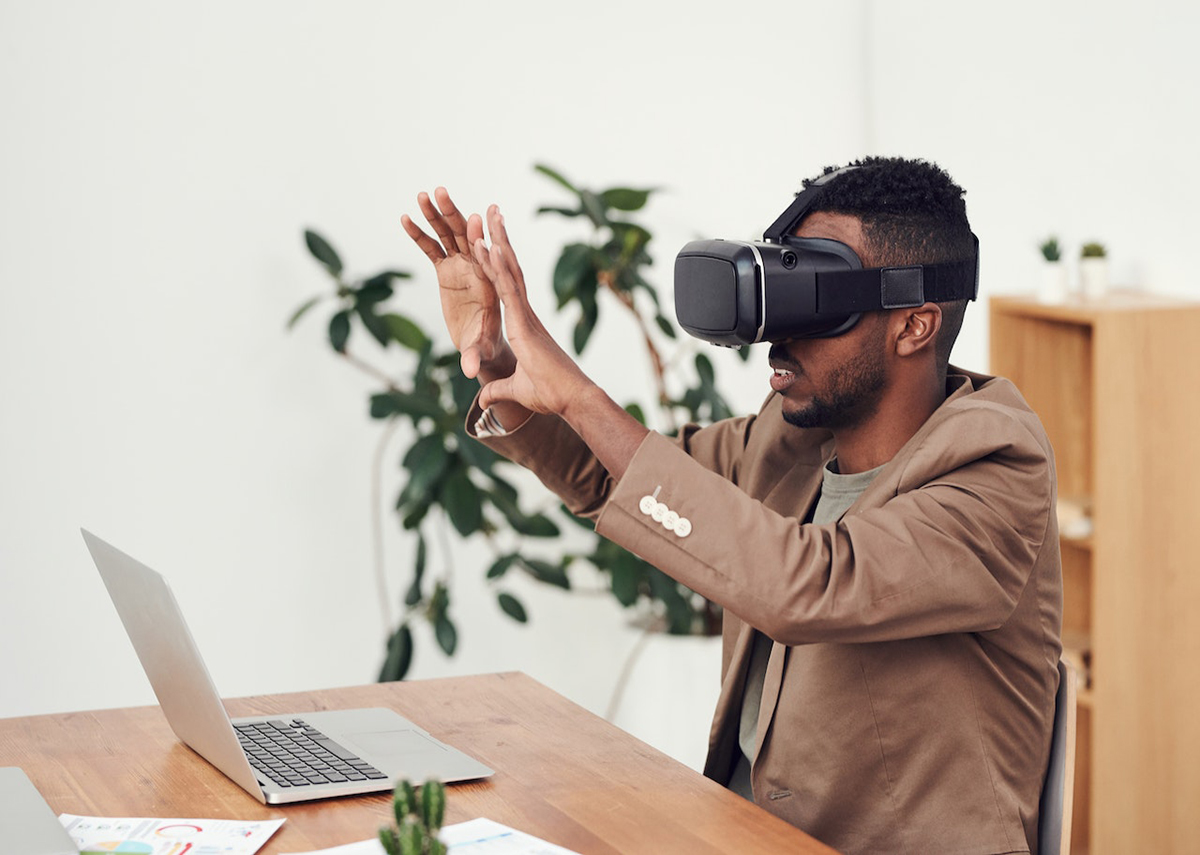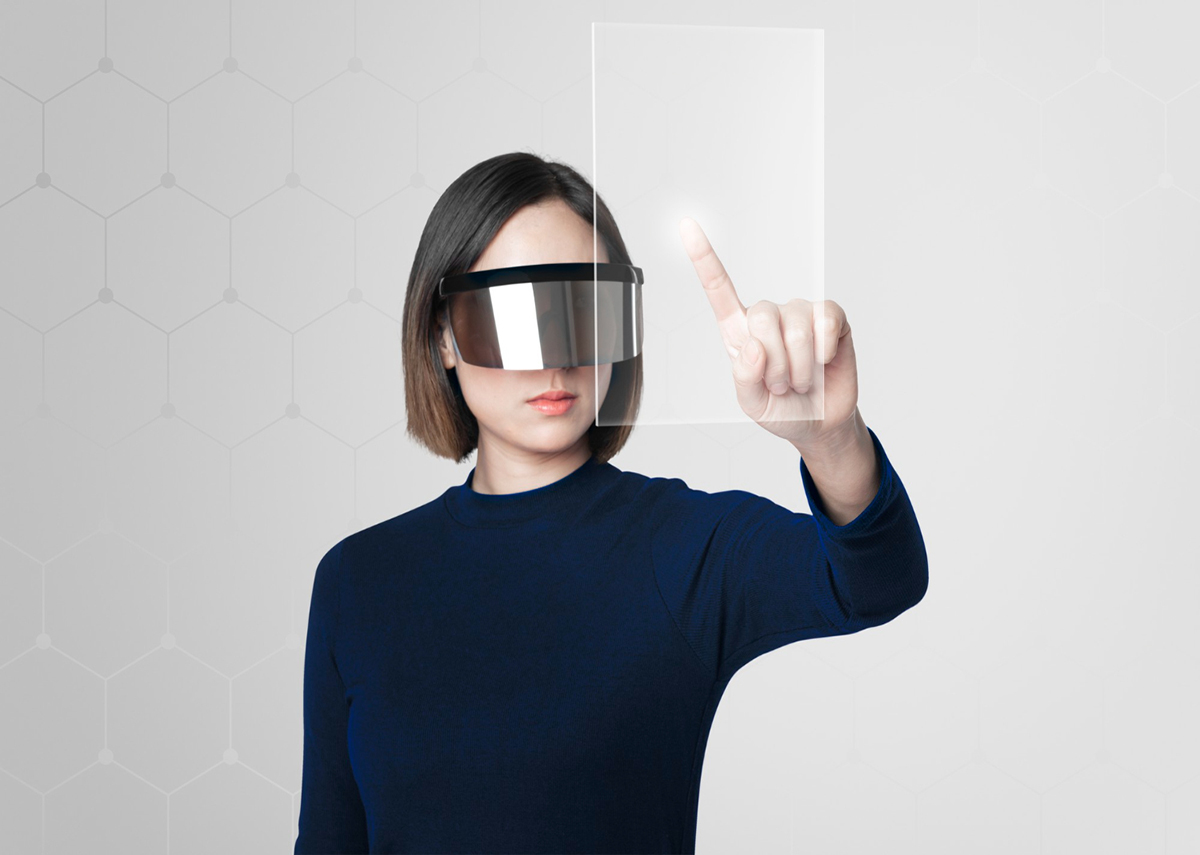Address These Potential Risks of Augmented Reality in Your Business
Share

Augmented reality is different from virtual reality. Instead of giving an entirely different virtual space through a headset, AR integrates with mobile phones and other cellular devices’ cameras to create a 3D virtual effect on images in real-time. It is becoming a part of the marketing, operations, and also the HR department of businesses. While some businesses remain focused on building the most out of the AR applications for improving customer experience, others also pay attention to the risks of AR.
Hence, learning and exploiting the benefits of AR isn’t possible without eliminating the risks in the process of achieving goals.
Potential Dangers and Risks of Augmented Reality
Distortion in Perception
We have to mention the latest AR glasses, which have become a major accomplishment in the AR field. Despite the benefits, AR possesses the risk of compromising the safety of people who wear these glasses. Furthermore, the AR glasses with substandard manufacturing processes and designs can cause perception impairment in wearers. This can lead to various serious safety concerns for the wearer. However, this will depend on the application of the AR glasses. Therefore, AR glasses manufacturers must comply with the latest high-standard manufacturing and design processes to ensure user safety.
Privacy Issues
AR devices work through real-life simulations. They conform to the practice of adding 3D visual effects after capturing real-world images, scenes, and more. AR devices closely analyze what they capture and then swiftly add a graphic (extra visual) overlay on it. Thus, the name “augmented” reality. However, when AR devices work, they utilize the information of the users who own the device in addition to the ones that the device captures through its view. It is a direct conflict with personal privacy that can potentially limit the massive adoption of AR technology. While this sounds tricky to deal with, organizations are already working on this challenging task.
Delays in Task Completion
AR can deliver information to users primarily in two manners. They include a hand-held and hands-free mode. However, the more serious concern relates to the distraction that this technology can potentially cause. It has several applications that are worth the time and money investment of the HR department. Regardless, when workers indulge far too much in AR devices, they may lose the sense of professionalism. This calls for a seamless transition and operational shift from AR-lacking to AR-allowed operations.
Conclusion
The integration between the real and virtual world brought together by AR applications is reshaping how specific business processes work. As technology continues to evolve, we have seen advancements and upgrades in AR as well. Many businesses are adopting the trend and incorporating AR in their marketing, branding, and promotional strategies. Businesses worldwide are looking for ways to engage in AR-enabled marketing, operations, training, and similar business activities. Therefore, when AR is growing as a digital trend, businesses must acknowledge these limiting factors above.




